Staying in Sync with Obsidian

This will be a series of posts dedicated to how I work daily within Obsidian.
For those unaware, Obsidian is a super powerful PKM tool that can be tweaked endlessly which can be a bit of a problem for you customization nerds (myself included). It's stength is due in part to its incredibly kind, supportive, and creative community that creates some truly amazing plugins and themes to truly make Obsidian your own.
I've used Obsidian for a while now, but my workflow is constantly being updated to support my actual work. For example, staying on top of your team and stakeholder meetings. Depending on your company dynamic, the constant onversation can be both overwhelming and time consuming, and sometimes just being able to remember whatver was discussed throughout the day can be a challenge. This is where I put Obsidian to work for me.
I'm using one of Obsidian's default Core plugins, Daily Notes, as a container for all kinds of things.
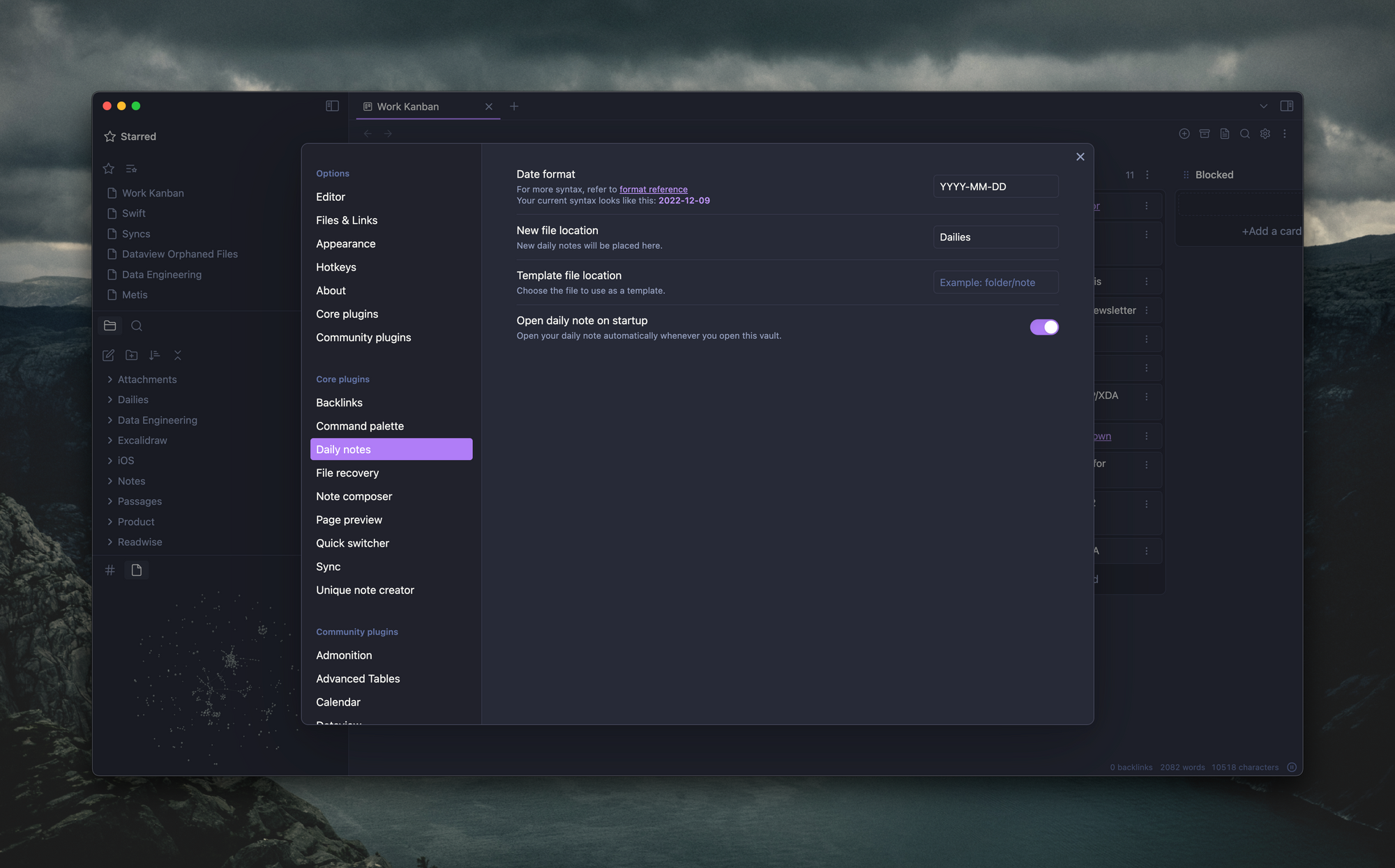
In conjunction with Daily Notes, I use the Templater, Natural Language Dates and Dataview plugins to help support my workflow.
Templater allows for new Daily Notes to always be created with the same template, where Natural Language Dates allows me to use simple shortcuts such as @Today to inject the current date into any note.
I then use Dataview within the template to pull in and display any note that I've injected the date into. What this amounts to is the ability to look back on any Daily Note and reference the notes that I created or edited on that day. Let's break this down.
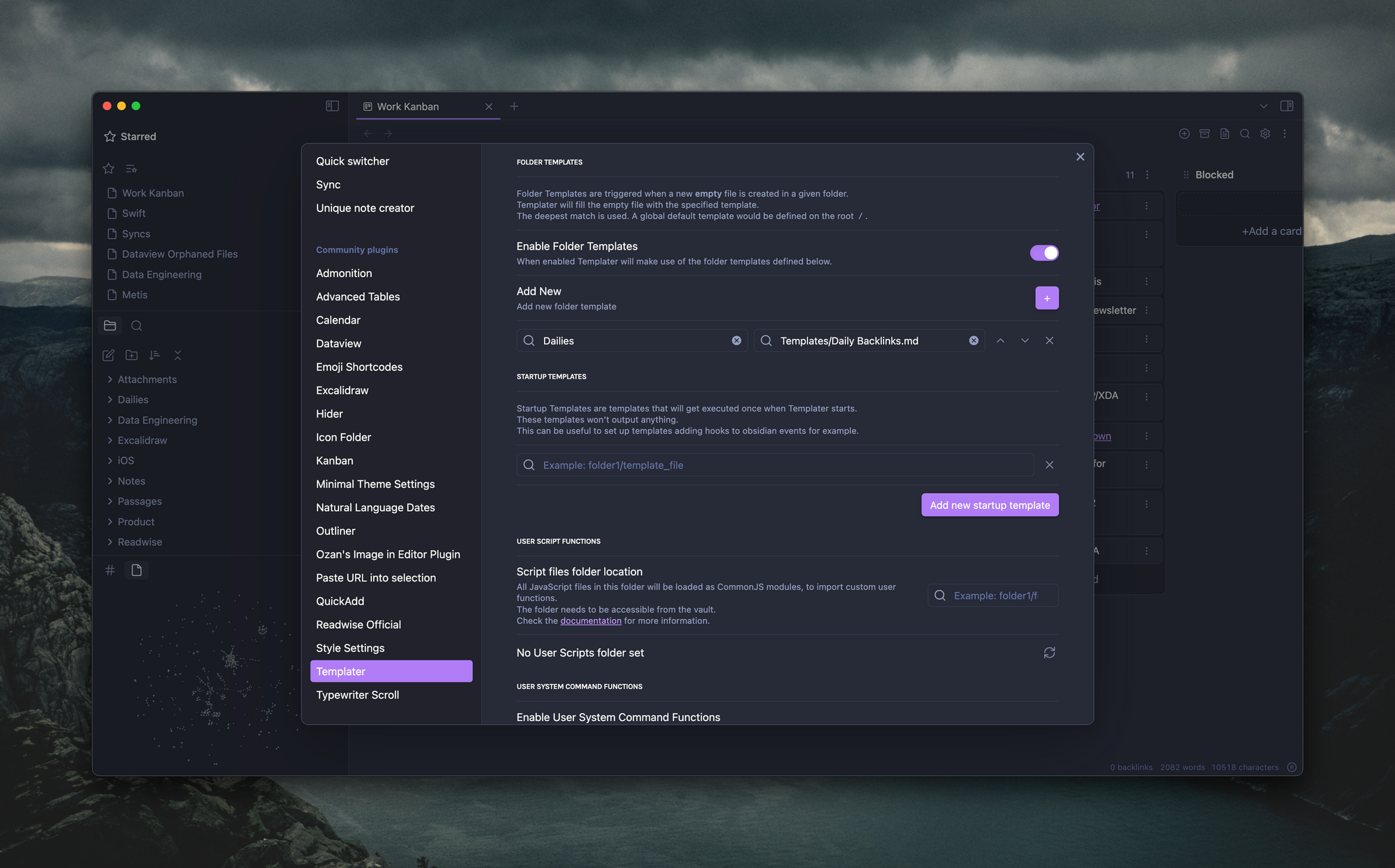
Within the Templater settings, I use Folder Templates to point to my Daily Notes directory (Dailies). For any note created within that directory, it will always use the same template (Daily Backlinks.md). This template has the following Dataview script housed within it:
```dataview
LIST
FROM ([[#]]) OR outgoing([[#]])
WHERE file.name != this.file.name
SORT file.name ASC
```
When used in conjunction with Natural Language Dates, this script outputs a list of files that have the name of the file referenced within it (i.e., the date), as long as the date is the same format as that of the Daily Note, so YYYY-MM-DD. You can configure this format to be used when you apply a Natural Language Date shortcut in the plugin's settings:
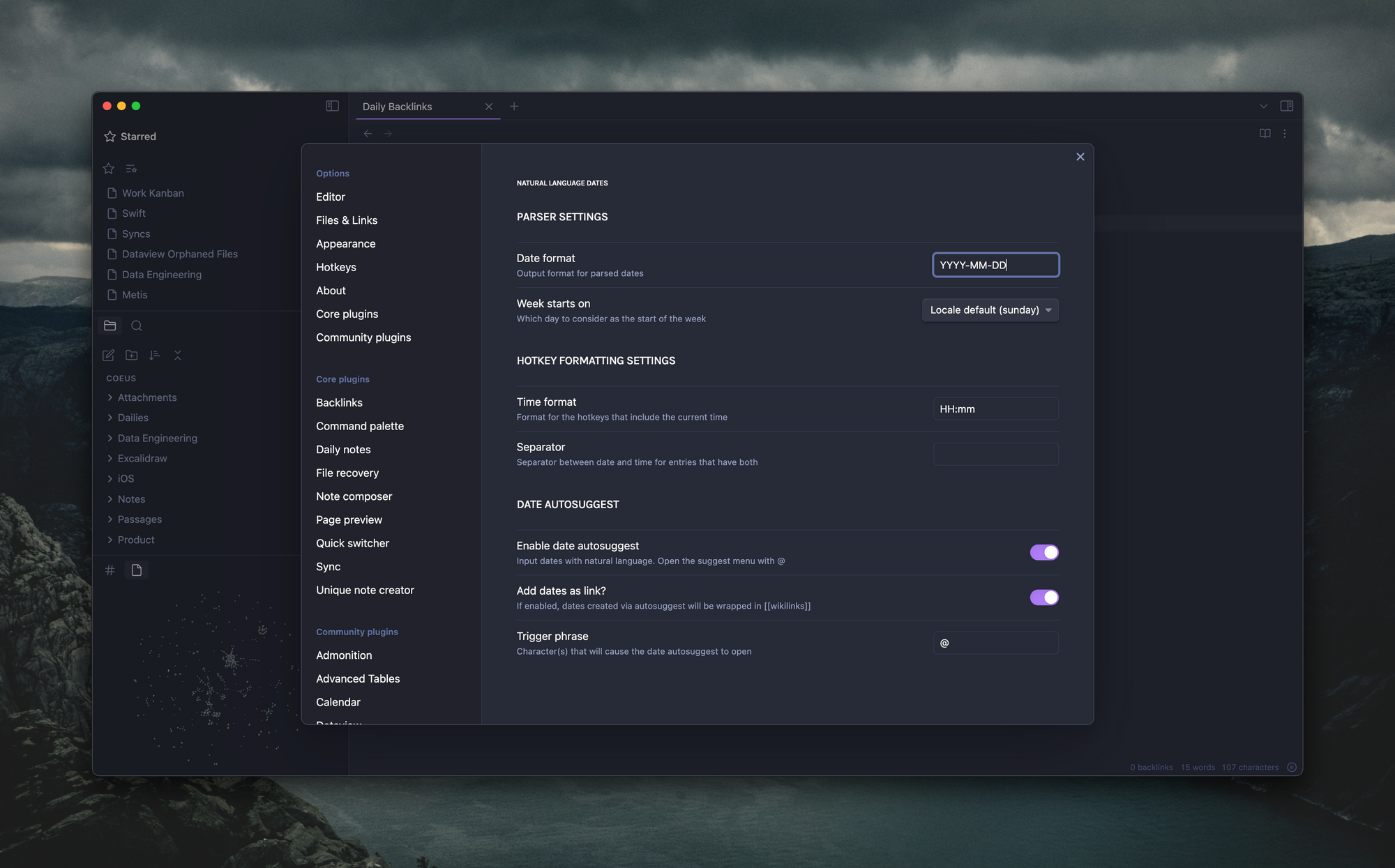
If you're still following, this is the order of events:
- A Daily Note is created when Obsidian opens for that day. The format is
YYYY-MM-DD - When a file is created within the Daily Notes directory, Templater injects a template with the Dataview code.
- Throughout the day as I create or edit existing notes, I use the
@TodayNatural Language Date shortcut to inject the current date before kicking off any additional notes. This usually looks like:
#### 2022-12-09
* Met with X
* Discussed Y
* Actionable 1
* Actionable 2
* Actionable 3- The Daily Note (2022-12-09) will pick up this note, and list it.
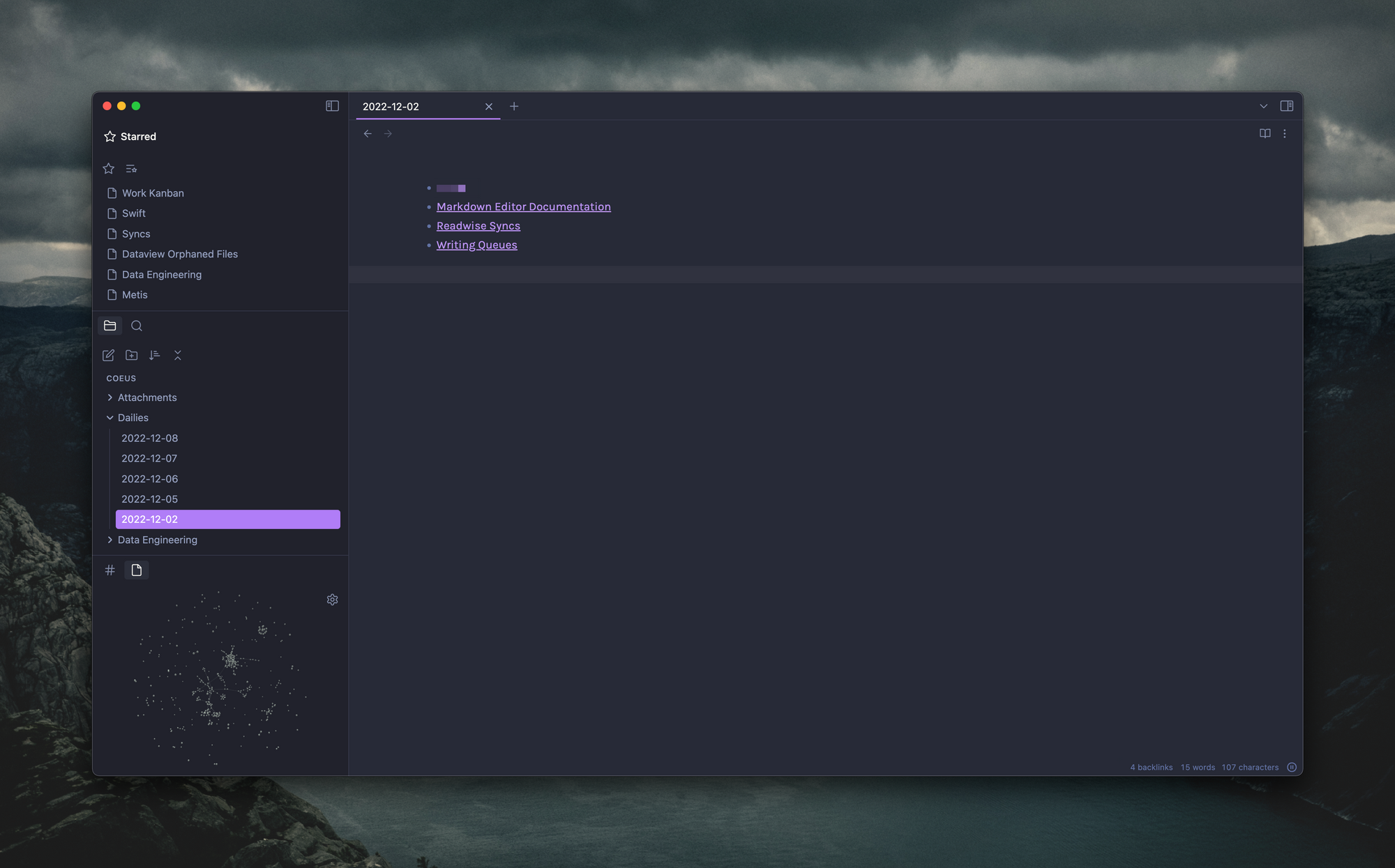
I can then reference this file any other day to view what was discussed, or what was done on that particular day, which is great for my goldfish memory.
The neat thing is as you get more comfortable with Obsidian, you can go on to reference notes within your existing notes. While not strictly necessary (and you'll have your own workflows to figure out) generating your own network of notes is incredible gratifying.
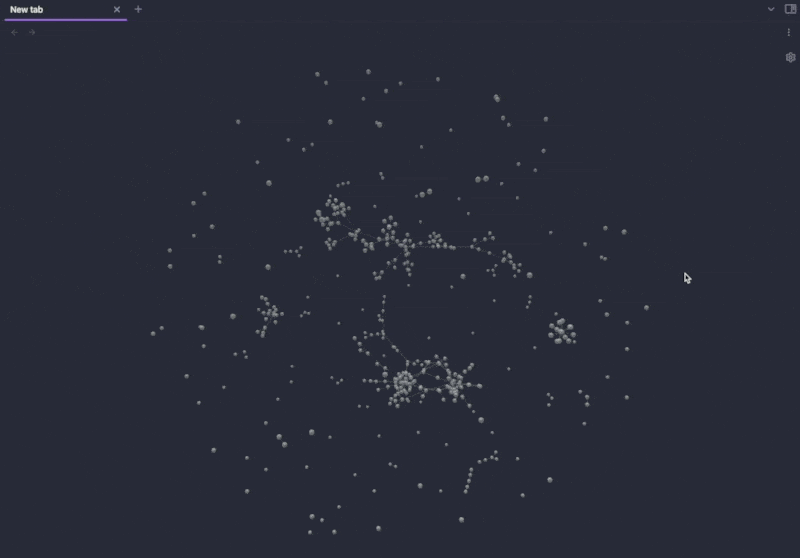

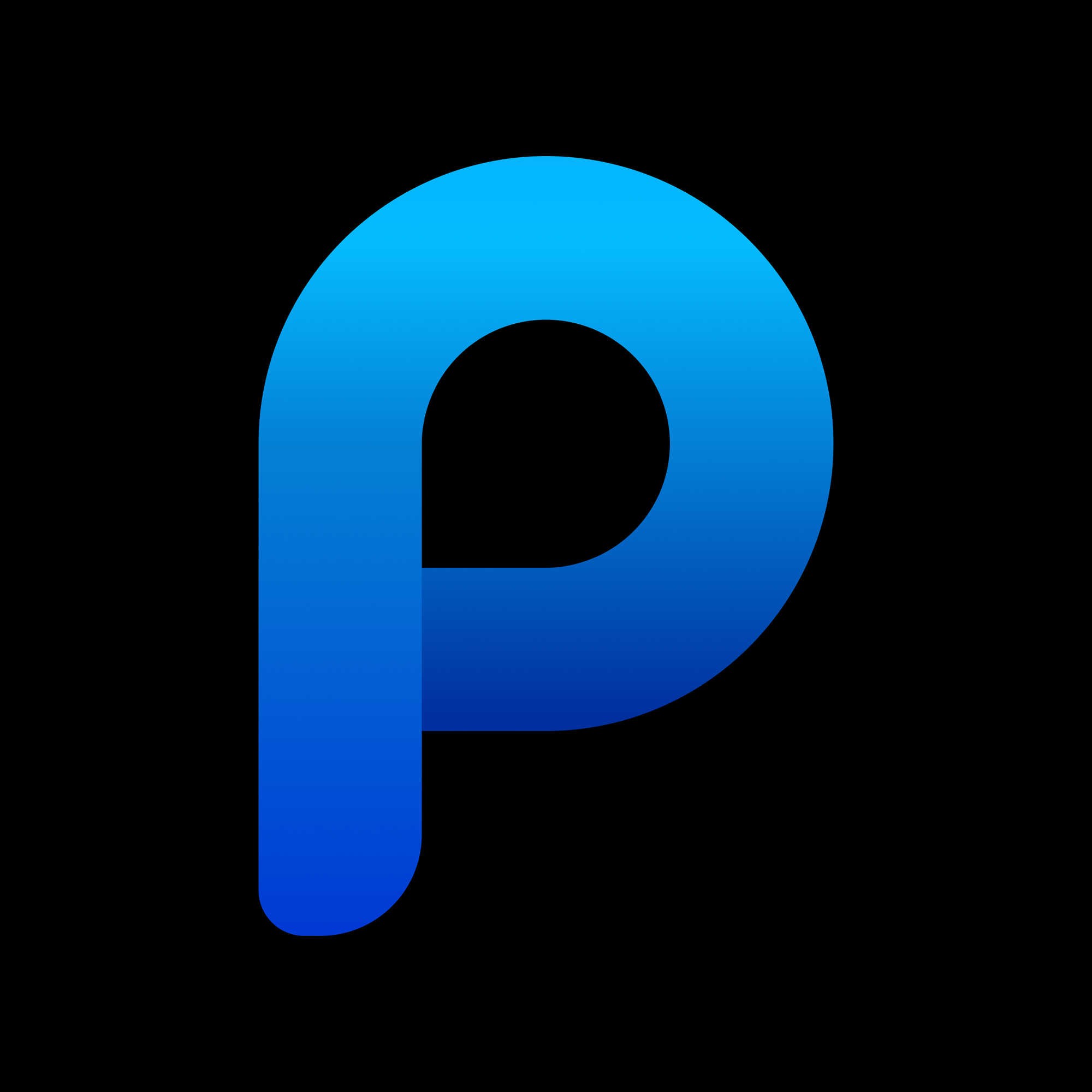
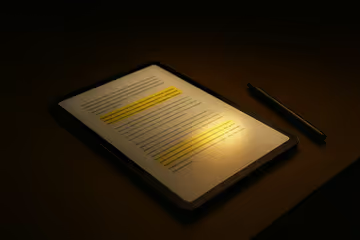
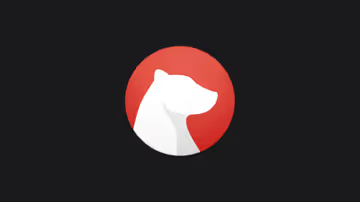

Discussion